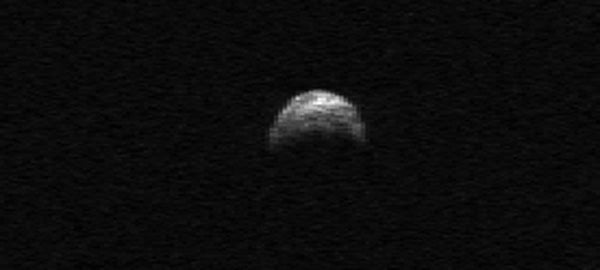A group of researchers using NASA’s Infrared Telescope Facility on Hawaii’s Mauna Kea found that NEAs come from across the entire region of the main asteroid belt between Mars and Jupiter, even though most come from the inner edge. The NEAs that are closest to Earth also mostly come from the asteroid belt’s inner edge.
But NEAs resembling comets (about 5 percent of all near-Earth objects) or having carbon-rich surfaces (of interest for sample return) mostly trace their origins to the most distant region of the asteroid belt.
To prove this, astronomers utilized a new and very large telescopic data set collected over more than a decade. These data are color (composition) measurements on more than 1,000 asteroids as they passed through the vicinity of Earth.
The measurements taken were spectra in the near-infrared. Near-infrared light is the region of the spectrum that is just beyond the red limit that the human eye can see. The minerals that make up most types of asteroids and meteorites have unique “fingerprints” at these wavelengths. These minerals absorb at very specific regions in the near-infrared spectrum; the patterns of these absorptions create their unique spectral “fingerprints.”
They combined their new color data with orbital data. When examined together, they reveal common trends and correlations that give away the answer for where these objects come from.
Astronomers further had a consistency check. They used two different orbital analysis models that mutually confirmed their findings. This double-check on their results is important given how thoroughly the terrestrial planets scatter the orbits of NEAs.
While the answers mostly confirm existing ideas, the researchers have provided an abundance of real data to demonstrate that those ideas are mostly correct.
But they did uncover some unexpected findings. About 40 percent of all meteorites (stony meteorites called “L chondrites”) appear to come from the outer region of the asteroid belt. Scientists were surprised that such a large fraction of all meteorites might trace their origin to such a distant location, though some theoretical models predicted such an origin.










